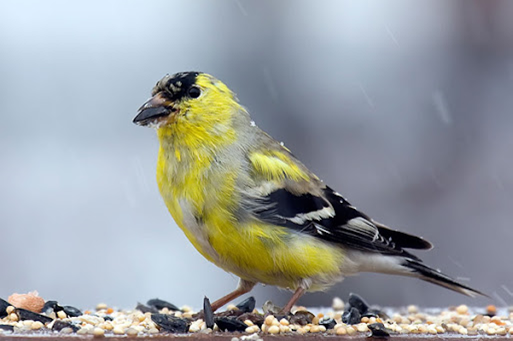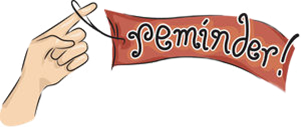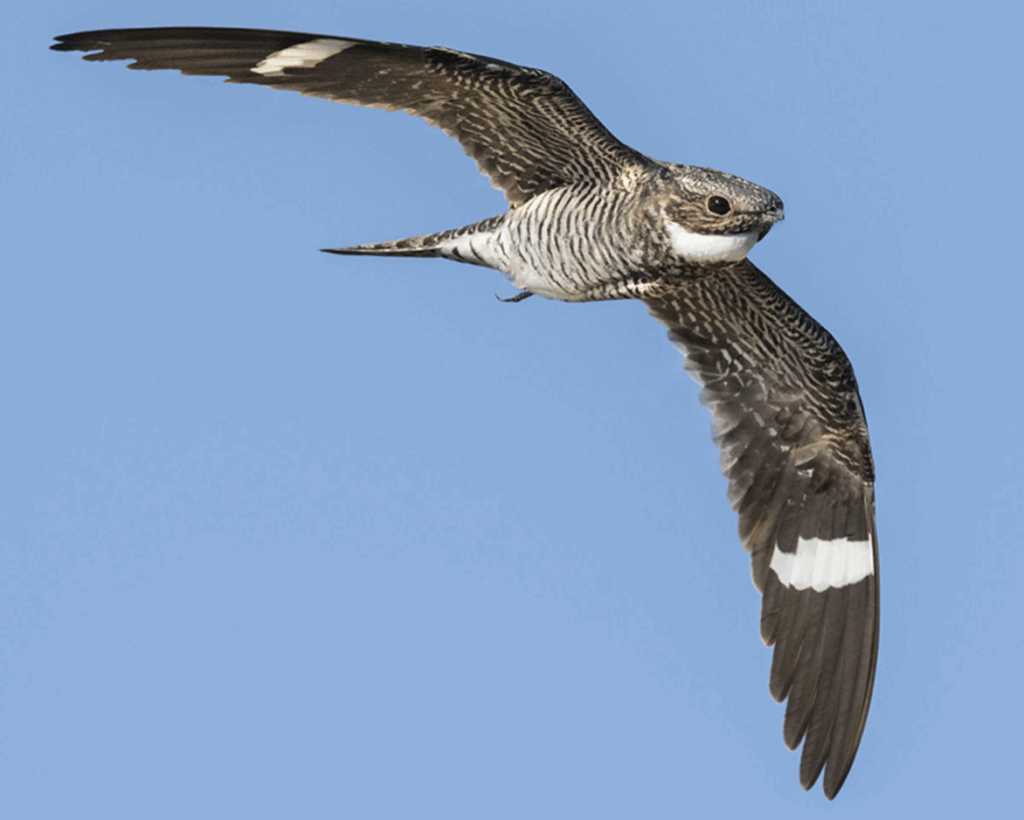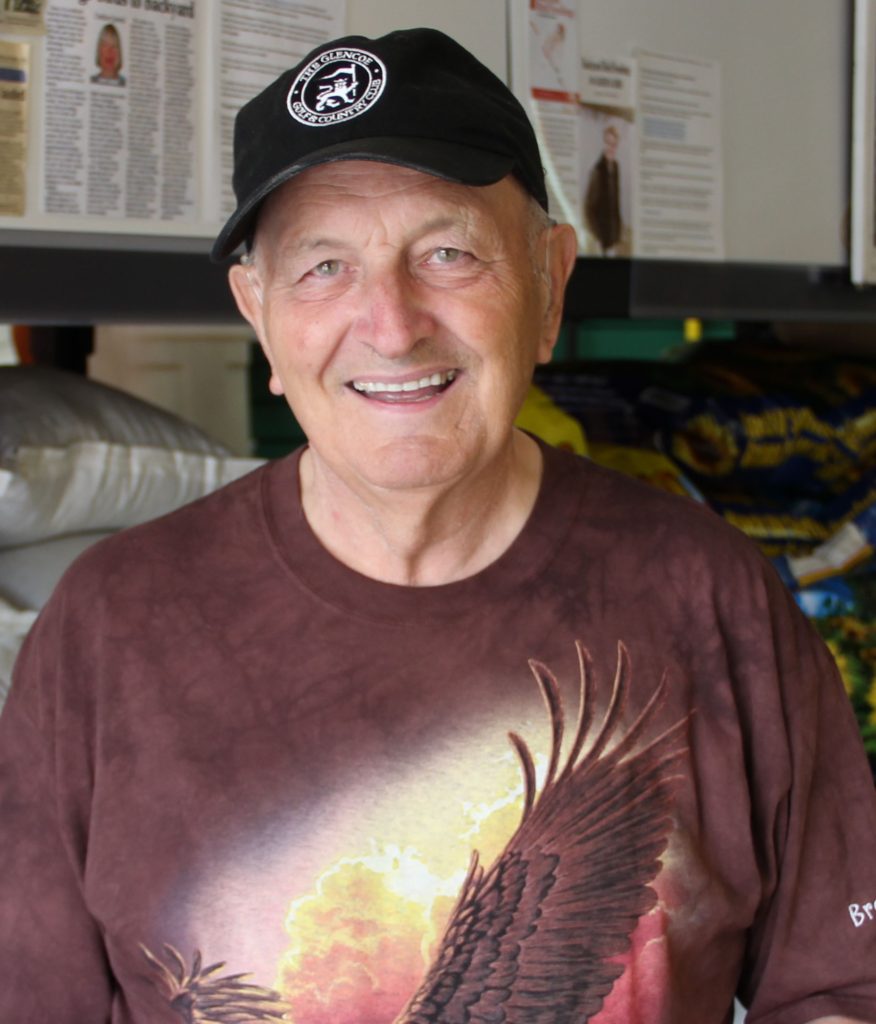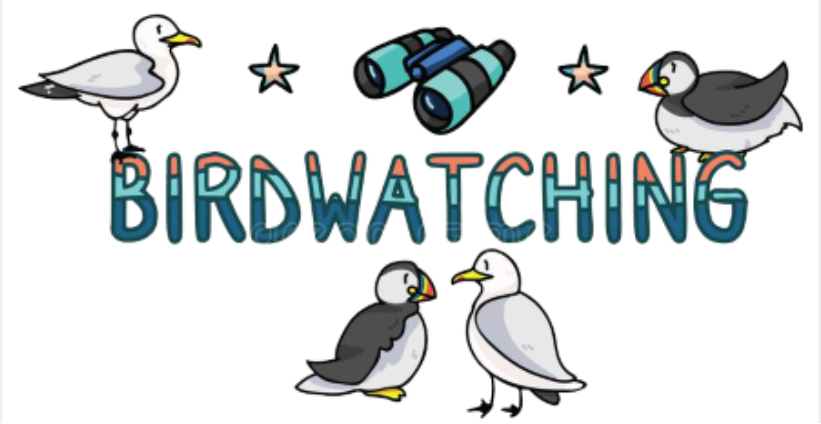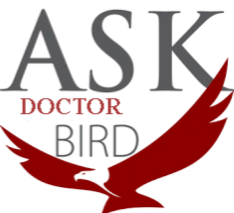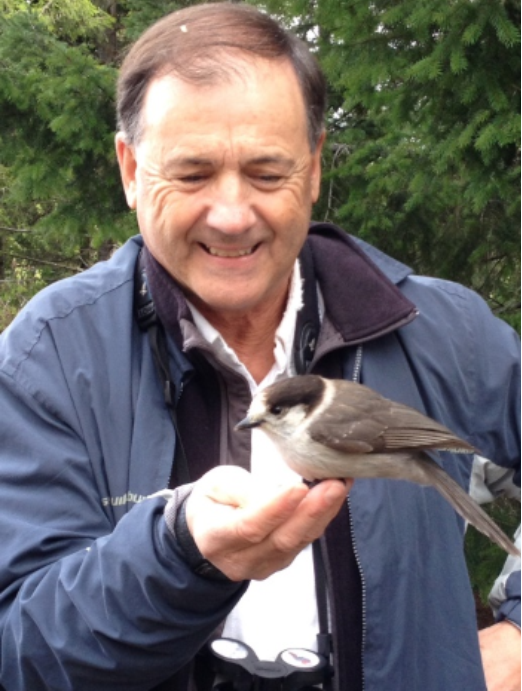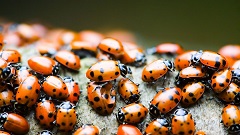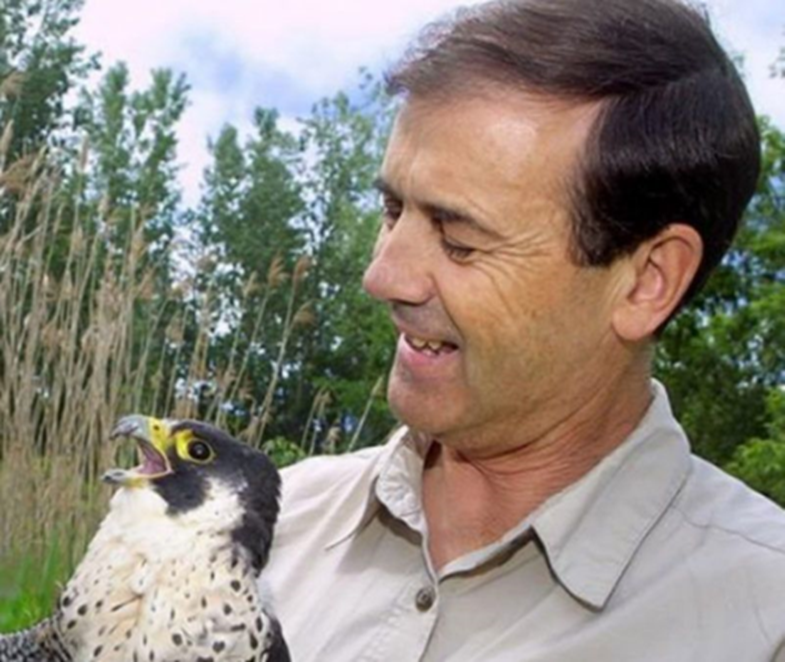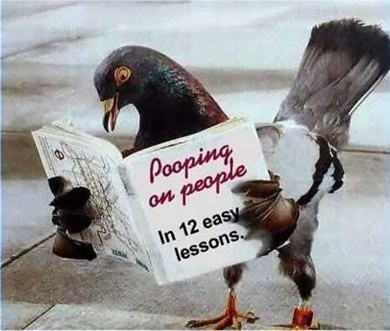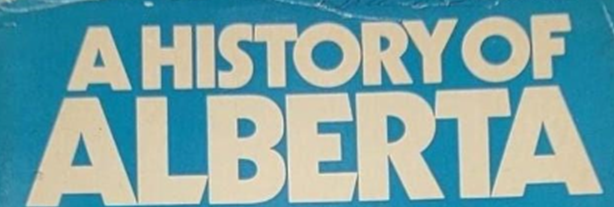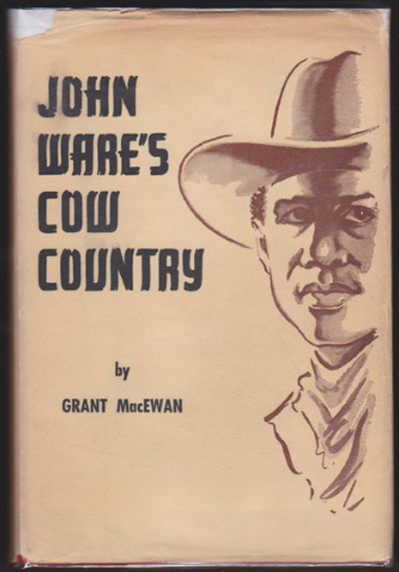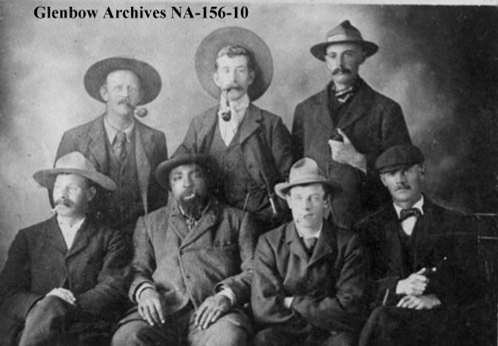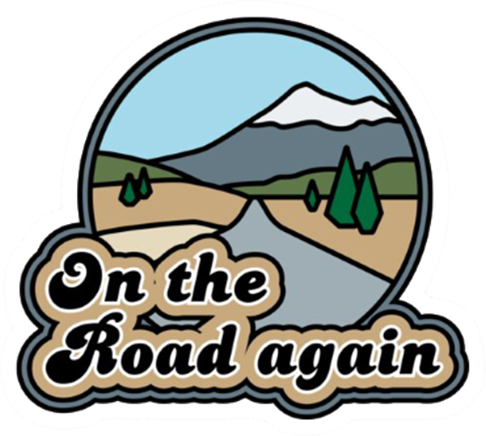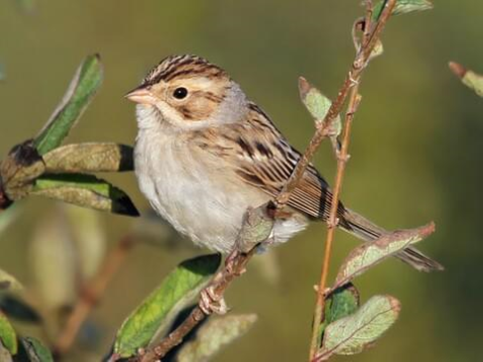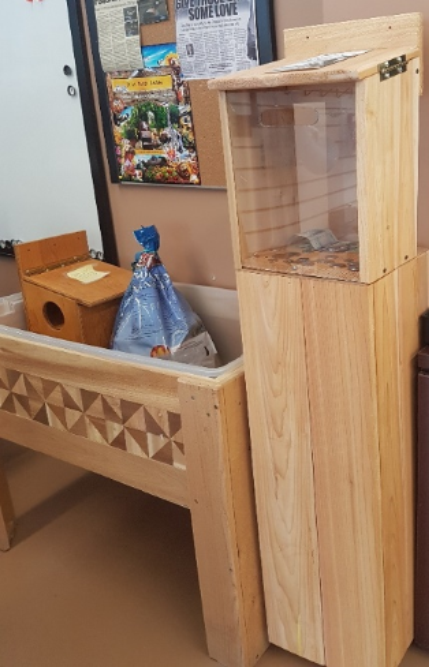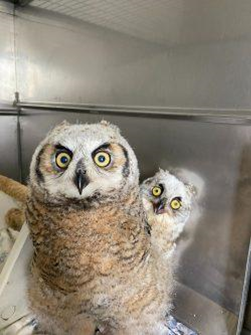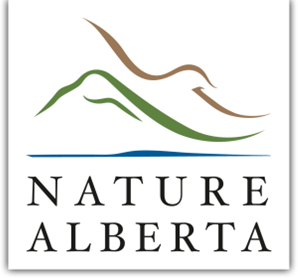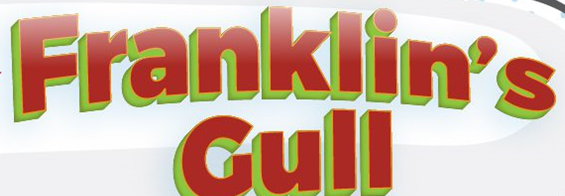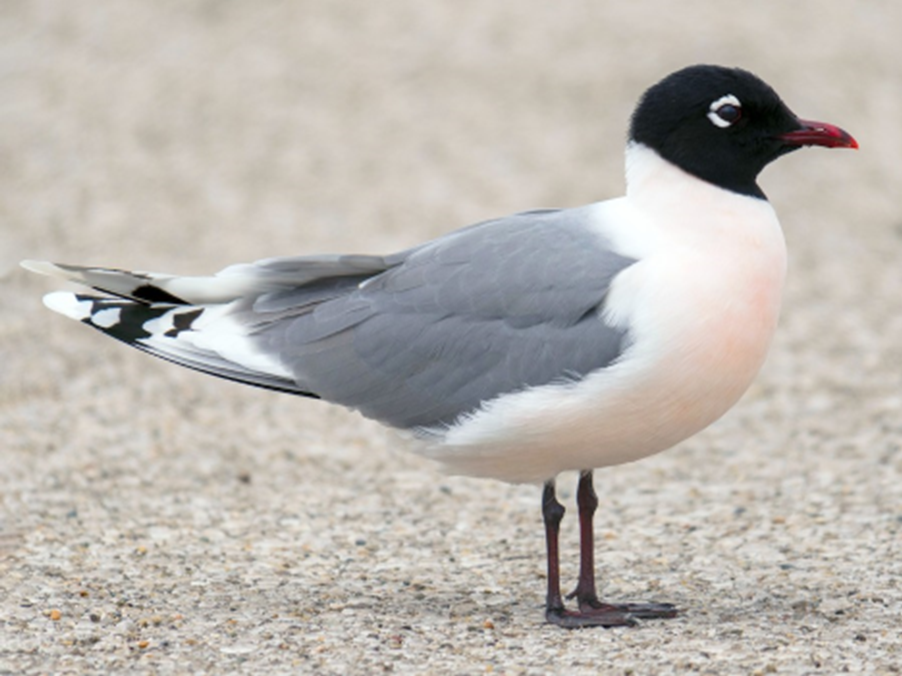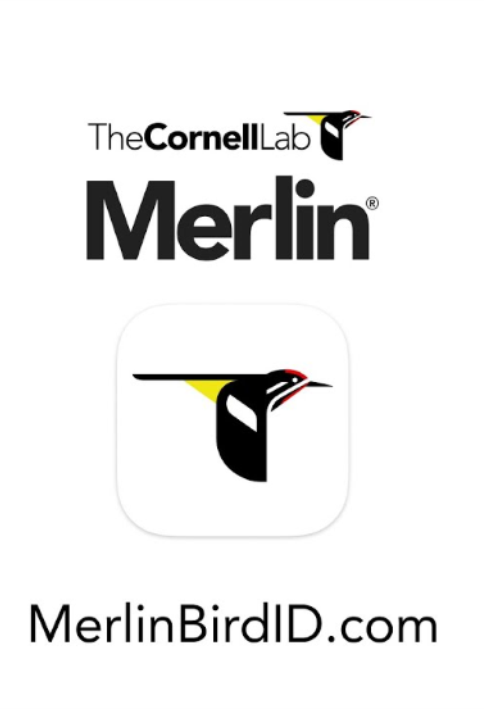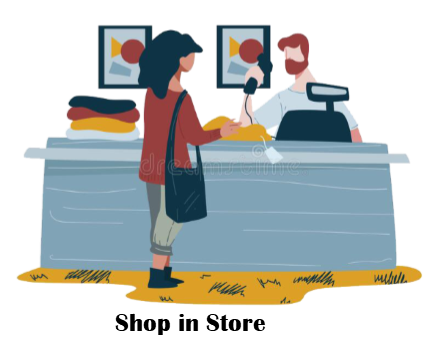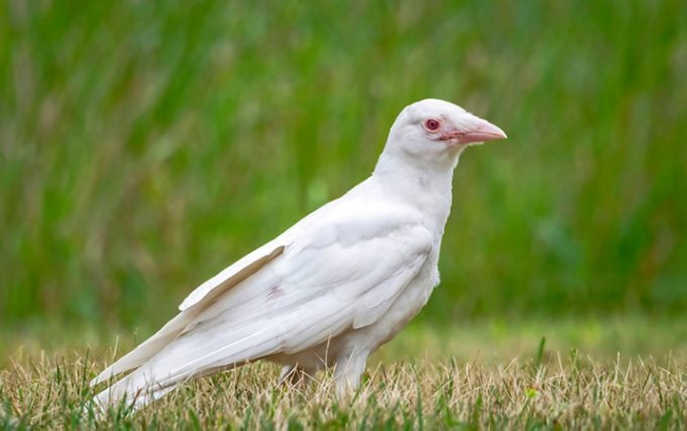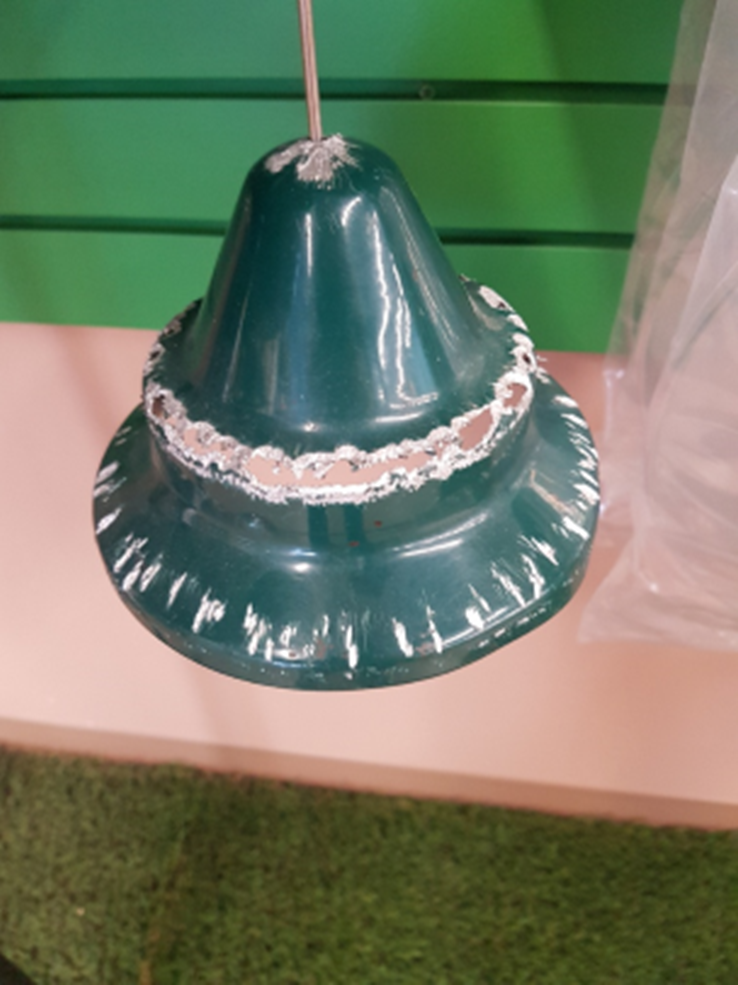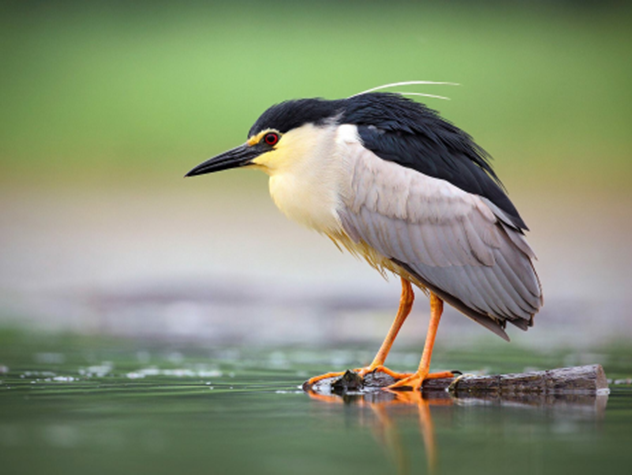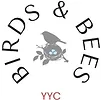LINK TO PDF NEWSLETTER DOWNLOAD

July 2025
There are two reasons American goldfinches are late breeders:
First of all, unlike many birds, the American goldfinch undergoes a complete molt each spring. This molt requires a large amount of nutrients and energy which probably diminishes their ability to nest earlier in the season.
Second of all, again unlike most other birds who derive important nutrients and protein for their hatchings, the American goldfinch relies on the thistle seed to feed their young.
– American goldfinch will use almost any feeder, including ones that require them to hang upside down to eat. Studies have shown that preference is to sit upright on perches on feeders that are hung in trees above head height
– While most Brown-headed cowbird eggs fool the female American goldfinch and are incubated to hatching, few cowbird chicks live longer than three or four days. This is due to the low amounts of protein found in the vegetarian diet of the goldfinch
– American goldfinch can weave their nest so tightly that it will temporarily hold water
– American goldfinch attach their nest to supporting twigs with spider web (Note: If you have Goldfinch feeding in your backyard, to encourage them to nest, do not remove any spider webs)
– Female American goldfinch will stay further south during the winter than males and younger males will winter further north than adult males
– American goldfinch have an interesting flight call consisting of four syllables that can be likened to “po-ta-to-chip”
– The genus name, Caruelis, is from the Latin word carduus, which means “thistle.” Goldfinches are very dependent on thistles for food and even use thistledown to line their nest
Interesting fact:
Yellow warblers have the ability to recognize Brown-headed cowbird eggs; however, they are too small to throw the parasitic egg out of their nest. They try to solve the problem by building a new nest over the old one
Every year Kris and I have a species we would love to find—so the hunt is on, although I must admit this particular bird has been on our list for a number of years.
Nightjars are found across Canada, with the exception of Newfoundland and the far north. They arrive later than most migratory bird species, showing up each year in late May or early June. During the summer, Nightjars breed across Canada, laying two eggs directly on the ground with no nest.
In Alberta, Nightjars include the Common nightjar and the Common Poorwill. The Common nightjar ( or Nighthawk) is found across the province, while the Common poorwill is primarily found in Southern Alberta. Both species are facing some challenges, with Common nighthawks listed as threatened under the federal species at risk act and Common Poorwills classified as Data Deficient (meaning there is not enough data collected to relate to their listing).
The Common nightjar is an extraordinary bird. At first glance, it looks like an unremarkable, mottled brown bird with a tiny beak. Bit if you are lucky enough to see it open its mouth, your jaw will drop almost as far as the bird’s beak can open. Its enormous gape serves as an adaptation for catching bugs in flight. Its wide mouth is surrounded by bristles that help knock flying insects into its wide sweeping face. Its face effectively turns into a bug net while it feeds on the wing at dusk and at dawn. It also sports a set of wide eyes that help it spot moths, mayflies, grasshoppers, beetles, wasps, and caddisflies in low light. Sometimes it can be seen feeding on clouds of insects attracted to bright lights in urban environments. The Nighthawk’s jerky flight resembles a bat in flight more than a typical bird, although it is easily distinguished from below by bright white patches on its long, pointed wings.
The mystery sound the Nighthawk makes does not, as you might expect, come from its gaping mouth. It’s actually a type of “sonic boom” made by male birds attempt to impress the ladies during a daredevil stunt. In the middle of a feeding sweep, the male will suddenly plunge to the ground, swinging back up at the last moment for a dramatic finish. The impressive sound is created by air rushing through the bird’s feathers as the wings sweep into a braking position. Recent research in Alberta has determined that this wing boom marks the Nighthawk’s exclusive territory.
Another bizarre behavior of the Common nightjar involves nesting. Rather than hiding their nests or making them inaccessible like most birds, Nighthawks typically lay two eggs on a bare patch of ground. When sitting on the nest if approached, the Nighthawk will open it’s mouth wide and hiss and perform the injured wing act.
Common nighthawks incubate their eggs for 19 days before semi-precocial (born in an advanced state and able to find food itself and are more independent almost immediately) downy nestlings hatch. The awkward fluffballs are tended by both parents with the female keeping them warm and the male


HOME DELIVERY SCHEDULE FOR MONTH OF July 2025
Thursday July 10, Thursday July 24

All participants on any bird walk must have purchased a ticket through our website – www.wildbirdstore.ca and present the ticket to Jim prior to the bird walk.
The weather plays a big part in bird walks and Jim reminds participants to dress anticipating weather changes and to carry water to keep hydrated.
Carburn Park
Saturday July 12, 2025
9:00am meet at Carburn Park parking lot
Ticket price: $7.00 + GST
Inglewood Bird Sanctuary
Saturday July 26, 2025
9:00am meet at Inglewood parking lot.
Ticket price: $7.00 + GST
Frank Lake (Day Trip)
Saturday August 9, 2025
9:00am meet at back of Wild Bird Store and car pool—remember to dress for the weather, and bring water and lunch
Ticket price: $7.00 + GST
Confederation Park
Saturday August 23, 2025
9:00am meet and park on Roselawn Crescent 1 block east of 14th Street NW (on north side of Confederation Park)
Ticket price: $7.00 + GST

We offer a discount if you return your 20 LB or 40 LB seed bags so that we can re-use them (sorry—not the Mother Nature bags which we cannot re-use), suet ball containers, or if you bring your own container or bag to fill . This discount is in addition to any other discount offered.
Question:
How are the extensive forest fires taking place each summer and fall in our country and abroad affecting our birds?
Response:
The most obvious impact is the immediate loss of habitat to the flames. And since these wildfires are taking out grasses and trees right in the middle of the breeding season, they are not only directly destroying the homes of the birds in these locations, but the flames and heat also kill the eggs and nestlings both directly and indirectly due to the parents abandoning their nests to save their own lives. Some of these adult birds are not as mobile in the air as others and they may well get caught in the flames. But most birds are able to use their wings to escape the approaching fire. Take those sixty or so American white pelicans that showed up on Vancouver Island two summers ago, a place where they are not normally found. It is my guess that these birds were likely nesting on a lake in the interior of British Columbia and either the fire of the smoke drove them to leave the area to avoid dying. Judging by the time when they showed up on the island, they likely left the eggs and/or young in their nests to die in the fire. Pelicans can easily cover 500 miles in a single day, so it was no big feat for them to vacate the area. But it is not just direct mortality in adults and young perishing in the flames that is worrisome, there are also serious consequences from breathing in the smoke. Birds in general have very high metabolic rates and thus, require large amounts of oxygen for their activities. They possess a highly sophisticate and efficient system of air sacs working in conjunction with a pair of lungs very different from mammalian lungs. Not only does the inhaled smoke cause an impairment of this system, but it also damages the tissues sometimes beyond repair. This can also make them more susceptible to various infections. Equally damaging to the respiratory ability is the fact that wood fire smoke contains an untold number of toxic chemicals. To put this into perspective, cigarette smoke has more than 400! We have no idea of the impact of these chemicals on bird health. Even the fires in the western U.S. have serious impacts on our birds, particularly during migration. Important staging habitat is destroyed. The birds are forced to waste energy by making serious detours, and flying through that smoke is even more unhealthy to migrating birds working their lungs and air sacs hard. There is really only one good thing about forest fires—they do lead to a renewal of open habitat which can benefit a select number of bird species. Black-backed woodpeckers, and some owl and warbler species come to mind. But the level at which forest fires are raging across Canada and elsewhere, they are undoubtedly a very bad thing for our birds in general.
David M. Bird, Ph.D., Emeritus Professor of Wildlife Biology, McGill University www.askprofessorbird.com

David M. Bird is Emeritus Professor of Wildlife Biology and the former Director of the Avian Science and Conservation Centre at McGill University. As a past-president of the Society of Canadian Ornithologists, a former board member with Birds Canada, a Fellow of both the American Ornithological Society and the International Ornithological Union, he has received several awards for his conservation and public education efforts. Dr. Bird is a regular columnist on birds for Bird Watcher’s Digest and Canadian Wildlife magazines and is the author of several books and over 200 peer-reviewed scientific publications. He is the consultant editor for multiple editions of DK Canada’s Birds of Canada, Birds of Eastern Canada, Birds of Western Canada, and Pocket Birds of Canada. To know more about him, visit www.askprofessorbird.com or email david.bird@mcgill.ca.
We were hoping to be able to offer Ladybugs once again this year. Unfortunately, we have not been able to offer them this year due to cross border issues and cost. We thank everyone who called in to be on our order list, and we hope we got back to all of you with the not so good news.
We continue to thank you for your support. we will see what next year brings!
Ever wonder how that white splash on your newly washed car was made? Why one should not “French-kiss” a duck? Did you know that “cowbirds” really exist in the true sense of the word? Why do some birds eat rocks? Do some birds actually barf up their food on purpose? Would you drink coffee that came from a bird’s butt? If you’ve got the stomach to hear the answers to these tasteless questions and many more on the disgusting food habits of birds, join Professor David M. Bird on a visual exploration of the avian digestion system beginning from the opening at the top to the one at the other end. It promises to be a gut-wrenching, ad-nauseam experience!
The Whole Poop and Nothing but the Poop on Bird Poop
Thursday, August 21, 2025 6:00pm
Ticket price: $20.00 (+GST)
Tickets can be purchased on the Wild Bird Store website: www.wildbirdstore.ca and are non-refundable
As an Emeritus Professor of Wildlife Biology of McGill University in Montreal, Quebec, Dr. Bird has published close to 200 peer-reviewed scientific papers and supervised 50 graduate students on a wide range of wildlife themes, mostly on birds of prey and in more recent years, the application of UAVs (drones) to wildlife research and conservation. Until his retirement to Vancouver Island in 2013, he taught several university-level courses, including ornithology, wildlife conservation, animal behaviour, and scientific/public communication. Dr. Bird was recently honoured as a co-recipient of the Jamie Smith Memorial Mentoring Award by the Society of Canadian Ornithologists for his role in the training and fostering of almost 1,000 ornithology students over a 35-year span. He has written and/or edited more than a dozen books, the most recent ones being the third edition of Birds of Canada, the second edition of Pocket Birds of Canada, and The Canada Jay – A National Bird for Canada?. Besides his innumerable public lectures and radio, television and newspaper appearances, Dr. Bird is a regular columnist/contributor on birds for two magazines, Canadian Wildlife and BWD (formerly known as Bird-Watcher’s Digest). He is currently heading a national team to establish the Canada Jay as Canada’s national bird.
David M. Bird, Ph.D.
Emeritus Professor of Wildlife Biology
McGill University, Montreal (currently residing in North Saanich, BC)
www.canadajay.org — please sign the petition to make the Canada Jay the National Bird of Canada!
University of Calgary researchers are sifting a pasture west of Millarville, looking for clues at the homestead of John Ware, a one-time slave who was on a trail crew driving thousands of cattle to the site that became known as the Bar U Ranch. He settled in Alberta in 1882 after the U.S. Civil War and established himself as a renowned master of horses and livestock.
His nickname in the area was derogatory. In fact, near Calgary, there was a ridge named after him that used the N-word, which was eventually renamed to John Ware Ridge in the 1970s.
The father of five died in 1905 when his horse crushed him after tripping in a badger hole. Because he was born into slavery in Tennessee, Ware’s age isn’t certain, but it’s believed he was in his 50s at the time. Ware’s funeral was reported to be one of the largest held in the early days of Calgary.
He is buried in Calgary in Union Cemetery Section J, Row 3, Plot 1.
There is a memorial plaque located on private property, near Ware Creek, west of Millarville. It is an upright slab of black rock with white veins, about 5 feet high. The cairn bears a tablet inscribed “In memory of John Ware who settled in this location in 1887,” with his 999 brand symbol beneath.
To learn more about this historic Albertan, go to google and type in National Film Board film titled “John Ware Reclaimed” by filmmaker and local Albertan, Cheryl Foggo

Always on the search for the abundance of bird species that come to Alberta to nest and raise the next generation. And just like most “birders” we like to keep a list of what we see (not just birds) in our travels.
It has been difficult over the last few years with summers getting hotter and less rain, not just for the farmers, but especially for the birds who rely on the ponds and sloughs to raise their young. So the rain we experienced in May and the beginning of June this year, although not plentiful has been a Godsend and we are encouraged by the species we have been seeing.
So Sunday, June 8th we headed west on Plummers Road and were not disappointed. We like to name different locations so we can track what we may or may not have seen at that location in past years. This year we named “House wren alley” – managed to see a pair of them nesting in a Bluebird box beside the road, If you don’t know anything else about House wrens, you should know and learn to identify them by “their loud voice for such a tiny bird.” So as we travelled along this stretch of road we could hear more and more of them—great year for House wrens and Clay-coloured sparrows!
We are always searching for the elusive Sora (or Sora rail)—not an easy creature to find, but again if you learn his call (Kris is great at identifying many species this way which is so helpful) and then with her eagle eyes, not always, but we always try to locate where they are hiding. Sure enough this day, we both were able to locate not just one, but two—how lucky is that! Get a load of those feet! I had only seen one other; at Johnny Rocket’s car wash on Macleod Trail many years ago.
Winner for count of the day was the Eastern kingbird (didn’t see any Western kingbirds), but also many Cedar waxwings, a single Wilson’s snipe (winnowing— see explanation below), a single Baltimore oriole and lots and lots of baby ducklings and goslings (of Canada geese) that although still fluffy are as big as the parents.
What a wonderful way to spend a glorious day—with my daughter and enjoying our passion for bird watching!
Definition of winnowing:
This refers to a unique flight display performed by both males and females, primarily during the breeding season. This display involves the bird flying high in the air and diving downwards, creating a haunting, whirring sound by vibrating its outer tail feathers.

DONATIONS
Located at The Wild Bird Store (near the seed bins). We collect your cash as well as “wishlist” donations and arrange to deliver them to local wildlife organizations including Calgary Wildlife Rehabilitation, Alberta Institute of Conservation and Ellis Bird Farm.
We ask for your support quarterly for each of these organizations.
For June, July and August, 2025 your donations will go to:
Thank you for your support
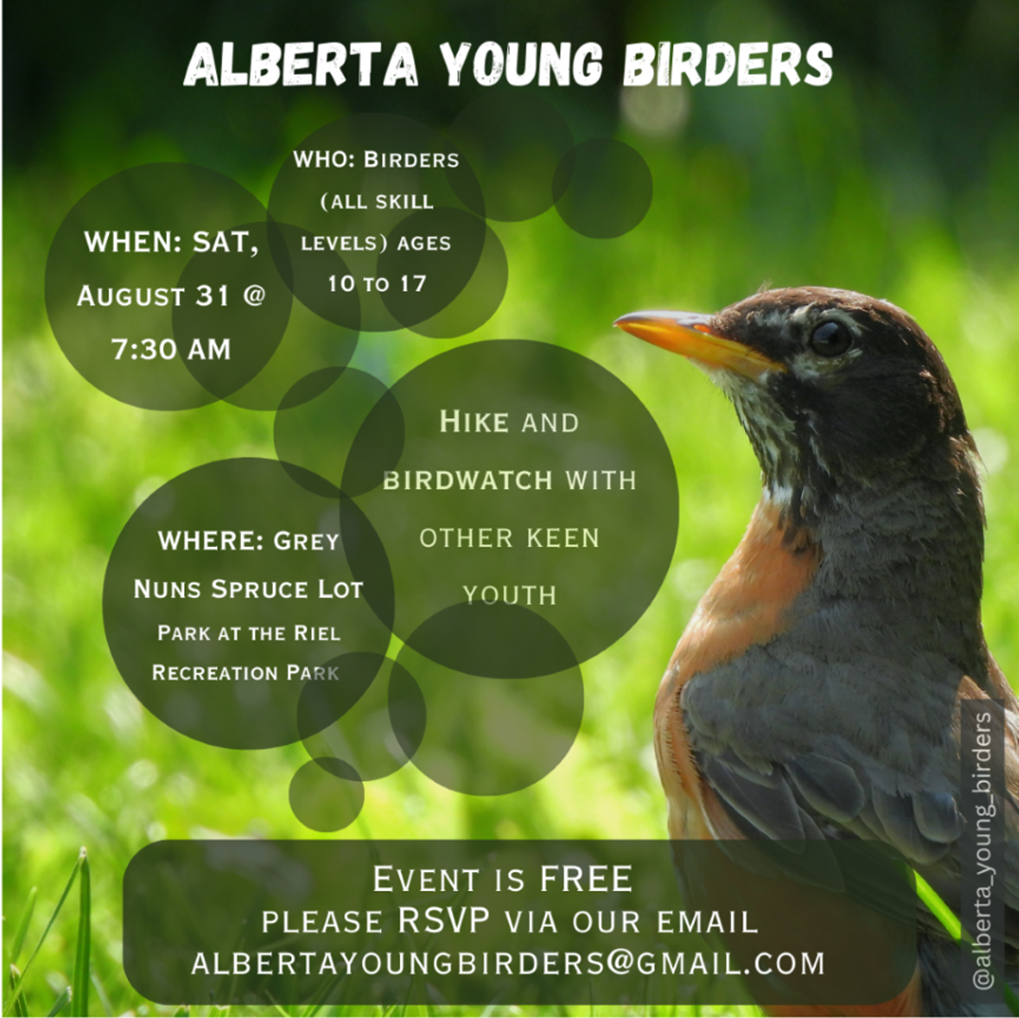
Sir (Doctor) John Richardson, who collected a specimen of this small, black-hooded gull on Franklin’s 1823 Arctic expedition. The bird had apparently been misidentified previously by Sabine as a Laughing gull. Richardson named it Franklin’s rosy gull, and that name lasted for about 90 years.
Footnote:
Sabine’s gull is a distinct Arctic gull named after Sir Edward Sabine, the Irish astronomer and geophysicist who discovered the first specimen. It breeds in the Canadian Arctic in coastal upwelling zones of the tropics and subtropics. It is very distinct from the Franklin’s gull.
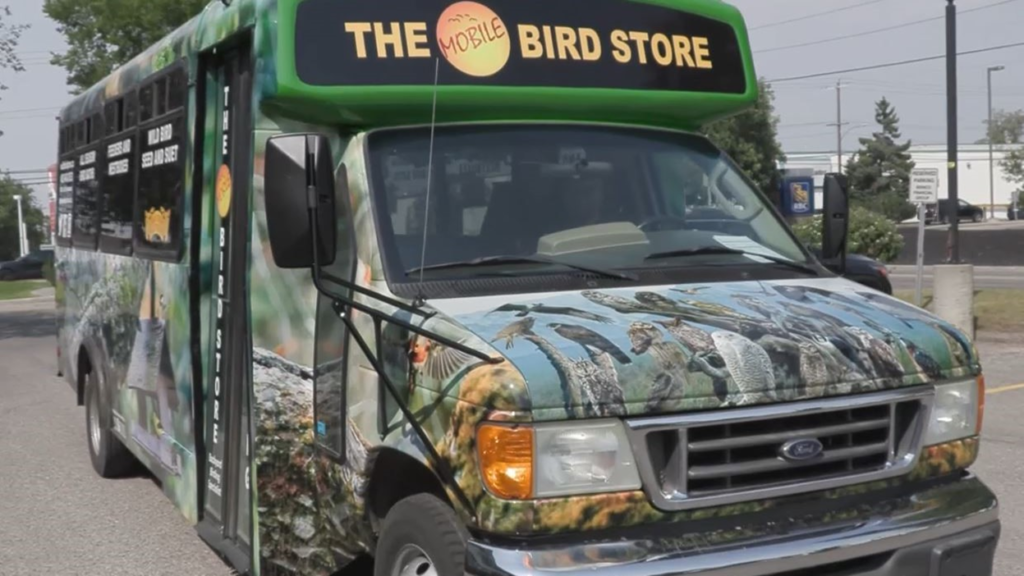

Wildwood Community Centre (4411 Spruce Drive SW): Every Tuesday 3:00pm to 6:00pm
Look for the Broxburn Vegetable truck in the lot with us!
Crowfoot Arena (corner of John Laurie & Nosehill Drive NW: Every Wednesday 2:00pm to 5:30pm
Please place orders by 12:00 noon the day before the truck is on location
Text us @ (403)701-4571 OR email us at orders@wildbirdstore.ca
Earn and redeem customer loyalty points on the Mobile Seed Truck

DELIVERY: Deliveries will still be made on Thursdays ONLY. Please phone the store at (403) 640-2632 any day prior to 12:00 noon on the Wednesday before your delivery; place and pay for your delivery. Please phone with your order as early as possible to avoid disappointment. If you have any special instructions please do not forget to inform us when you place your order.
THE DELIVERY CHARGE WILL BE $10
MINIMUM ORDER FOR DELIVERY $25.
Have you checked out the Merlin app? Would you like a demonstration on how they will help you to identify birds? Stop by The Wild Bird Store during regular business hours and staff will be happy to show you how the app will enable you to identify birds in various ways.
Identify Bird Songs and Calls
Identify Birds by your Photos
Save Birds to Your Life List
Explore lists of birds near your location
Options for shopping at the Wild Bird Store
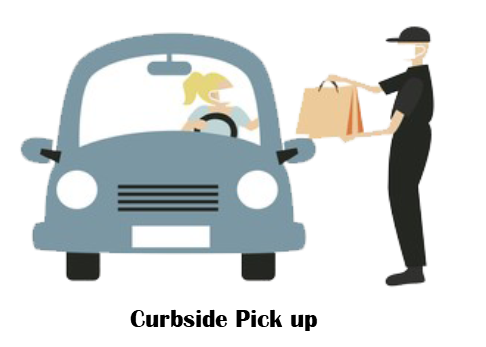
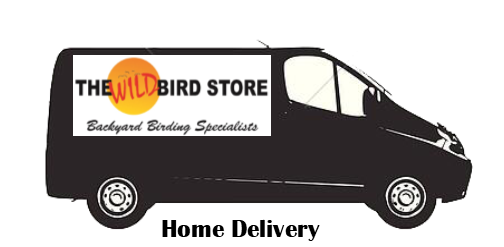

HOME DELIVERY SCHEDULE FOR MONTH OF JULY 2025
Thursday July 10, and Thursday July 24
THE DELIVERY CHARGE WILL BE $10. MINIMUM $25 ORDER FOR DELIVERY.
Store hours are:
10:00am to 5:00pm Tuesday through Saturday
If you are unable to make it in to the store on Tuesday for Senior’s Day Discount, then you can call the store anytime on Tuesday to place and pay for your order, and then you can pick it up later in the week at your convenience.
PLEASE NOTE: This is for customers who are currently signed up as a senior’s day customer and applies only to in-store purchases.

If you find a baby bird on the ground, it’s crucial to first assess the situation. If the bird is a hatchling (no feathers or very few), or a nestling (has some feathers but its eyes are closed and it can’t hop), try to find its nest and gently put it back. If you can’t find the nest, or if the bird is a fledgling (has feathers and is hopping around, learning to fly), its likely best to leave it alone. Parents are often nearby and will continue to care for the fledgling. If the bird is injured or you are certain it is orphaned, contact a wildlife rehabilitator.
· Leave it alone. Fledglings are naturally learning to fly and often watched and fed by their parents from the ground
· Keep pets away from the area. Dogs and cats can be a threat to fledglings
· If it’s in immediate danger (e.g., in a road). Carefully move it to a nearby bush or tree, out of harm’s way
WILDLIFE REHABILITARS FOR CALGARY AND AREA:
Calgary Wildlife Rehabilitators Society AIWC (Alberta Institute for Wildlife Conservation)
(403) 214-1312 (403) 946-2361
Please leave a message with your name, city location and a volunteer will call you back
While you are waiting for a phone call—place baby bird in a cardboard box or paper bag—do not attempt to feed or give water to the baby bird.
We offer a discount if you return your 20 LB or 40 LB seed bags so that we can re-use them (sorry—not the Mother Nature bags which we cannot re-use), suet ball containers, or if you bring your own container or bag to fill . This discount is in addition to any other discount offered.
Write a Google review on your experience at The Wild Bird Store, and as a thank you, we will give you 100 customer loyalty points ($5.00 value). To get a promo code, kindly email info@wildbirdstore.ca
(one Google review per customer)
Earn 200 customer loyalty points ($10.00 value) by referring a friend, acquaintance or fellow birder.
Please visit the store to get a promo code.
Combining our Seniors 10% discount with the Loyalty Program. (Excludes “sales” items, books & optics).
Discount for membership 10% discount for members of Fish Creek Park, AIWC, Priddis Golf Club, Nature Calgary, Sandy Cross Conservation, Springbank Garden Club and Millarville Horticultural Society. Must present valid membership card at time of purchase.
Discount for Military Members & Veterans 10% discount on
purchases in-store or on Mobile Seed Truck (sorry—excludes “sales”
items, books, optics and consignment items)
That’s no Snowy Owl… It’s a Leucistic Red-Tailed Hawk!
A leucistic Red-tailed hawk is a red-tailed hawk with a genetic condition called leucism (pronounced loo-sism) where there is a partial loss of pigmentation, resulting in pale or white feathers. This is different from albinism, where there is a complete loss of pigmentation and red eyes. Leucistic birds can have normal eye colour.
Symbolism of a leucistic animal: often symbolizes a unique combination of spiritual meanings. Its rarity and unusual appearance can be seen as a reminder of the importance of embracing individually, seeing things from a different perspective, and finding strength in unexpected places.
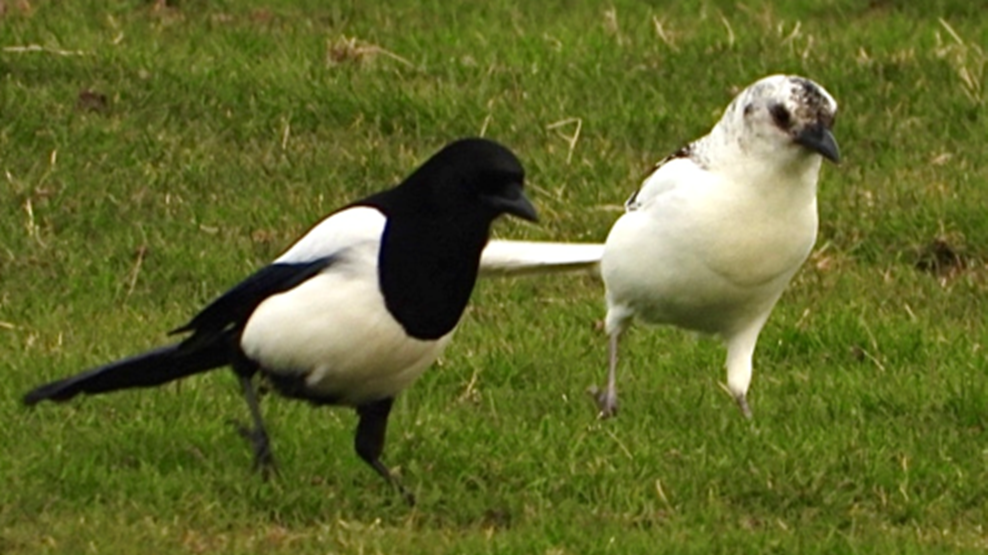
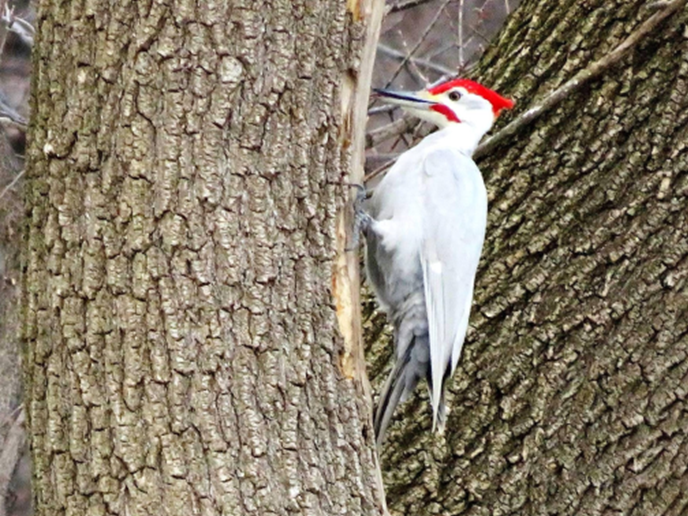
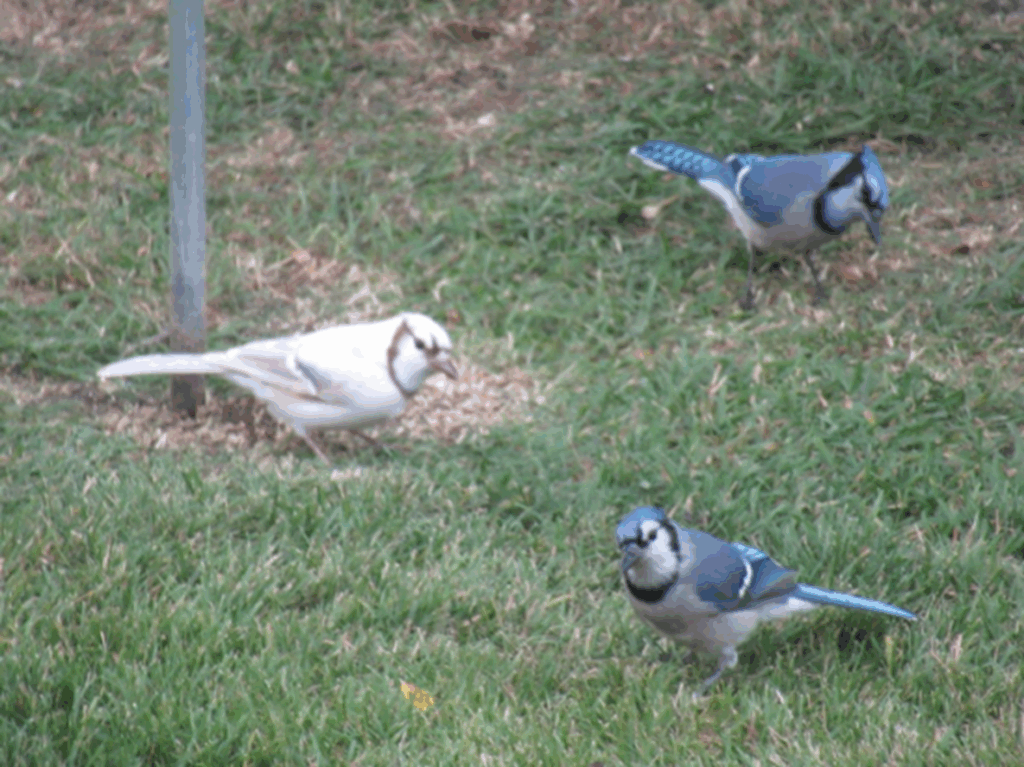

There are also Albino and Piedbald in the bird world.
Albinism: This is a genetic mutation that results in the lack of any enzyme essential to produce melanin. The lack of melanin means the plumage of birds is white. Albinistic birds typically have pink or reddish eyes, flesh-coloured bills, legs and skin.
Piedbald: A piedbald or pied animal is one that has a pattern of unpigmented spots (white) on a pigmented background of hair, feathers or scales.
Does your Aspects or Squirrel Buster feeder need some replacement parts?

Did you know that we can repair/replace parts and make it look like brand new?
What bird is called the hunchback?
BLACK-CROWNED NIGHT HERON The Black-crowned night heron is the hunchback of the bird world. This stocky bird that looks like it’s constantly hunched over is also called the “quark bird” because of its nighttime calls. They live in colonies and build their stick nests over water.

5901 3rd Street S.E.,
Calgary, AB T2H 1K3
email: info@wildbirdstore.ca
(403) 640 2632
The Store is open Tuesday through Saturday 10:00am to 5:00pm
We are CLOSED Sundays, Mondays and ALL Statutory holidays for Faith, Family and Friends.
We still offer curbside pickup every day we are open and delivery service on every other Thursday.
FOLLOW US ON:
Facebook @thewildbirdstoreyyc
Twitter @wildbirdstoreyyc
Go to YouTube, type in the search bar “The Wild Bird Store” to watch our videos and to help us become more visible . Be sure to click on “Subscribe” before you leave the page.


